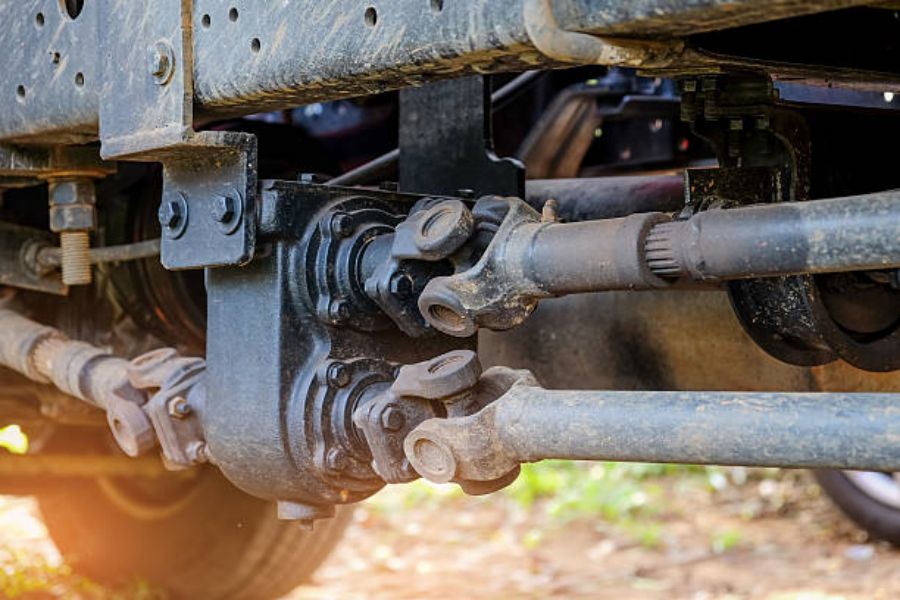Agriculture is one of the most important sectors of the economy, providing food and raw materials for industries. Within this vast industry lies various components that work together to enhance productivity and ensure food security. One such component is the shaft in agriculture. In this article, we provide a detailed understanding of what a shaft is in agriculture, its importance, and the different types of shafts in large-scale farming.
What Is a Shaft in Agriculture?
A shaft in agriculture refers to the stem or stalk of a plant that supports its leaves, flowers, and fruits. This essential component helps keep the plant upright and withstand the forces of wind and other external factors. Shaft strength varies from one plant type to another, meaning they have different thicknesses and construction to provide suitable support for the plant.
The Importance of Shaft in Agriculture
Shafts are crucial components in agriculture for several reasons, including:
- Providing support: As mentioned earlier, shafts provide support to plants, ensuring that they stand upright and remain stable despite external factors such as wind and other weather conditions.
- Transporting water and nutrients: Shafts also transport water and nutrients to the plant, ensuring optimal growth and yield.
- Storage: Some plants store water and nutrients in their shafts, making them an essential part of the plant's survival strategy.
Types of Shafts in Agriculture
Shafts in agriculture fall under various categories, depending on the plant's nature and the type of budget available for the system. Here are the common types of shafts in large-scale farming:
Wooden Shafts
Wooden shafts are among the oldest types of shafts used in agriculture. They are commonly used in the construction of farm tools and to provide support to crops such as tomatoes and beans.
Metal Shafts
Metal shafts are common in large-scale farming systems where durability and longevity are critical. They are resistant to corrosion, rust, and other elements that could compromise their structural integrity. Common metal shafts include steel and iron.
Cold-Rolled Steel Shafts
Cold-rolled steel shafts are commonly used in applications that require high strength and durability. They are made by passing hot-rolled steel through a cold reduction process, which enhances their strength and quality.
Concrete Shafts
Concrete shafts are commonly used in greenhouse farming and vineyards. They provide exceptional durability and can last for decades without compromise.
Bamboo Shafts
Bamboo is a popular material in Asian farming systems, thanks to its versatility, strength, and low-cost of production. Bamboo is commonly used to support vegetable crops such as beans, peas, and cucumbers.
Conclusion
Shafts are critical components in agriculture, providing support, transportation, and storage for plants. They come in different types, depending on the farming system's nature and budget. Understanding the critical role that shafts play is essential for farming success and productivity.

